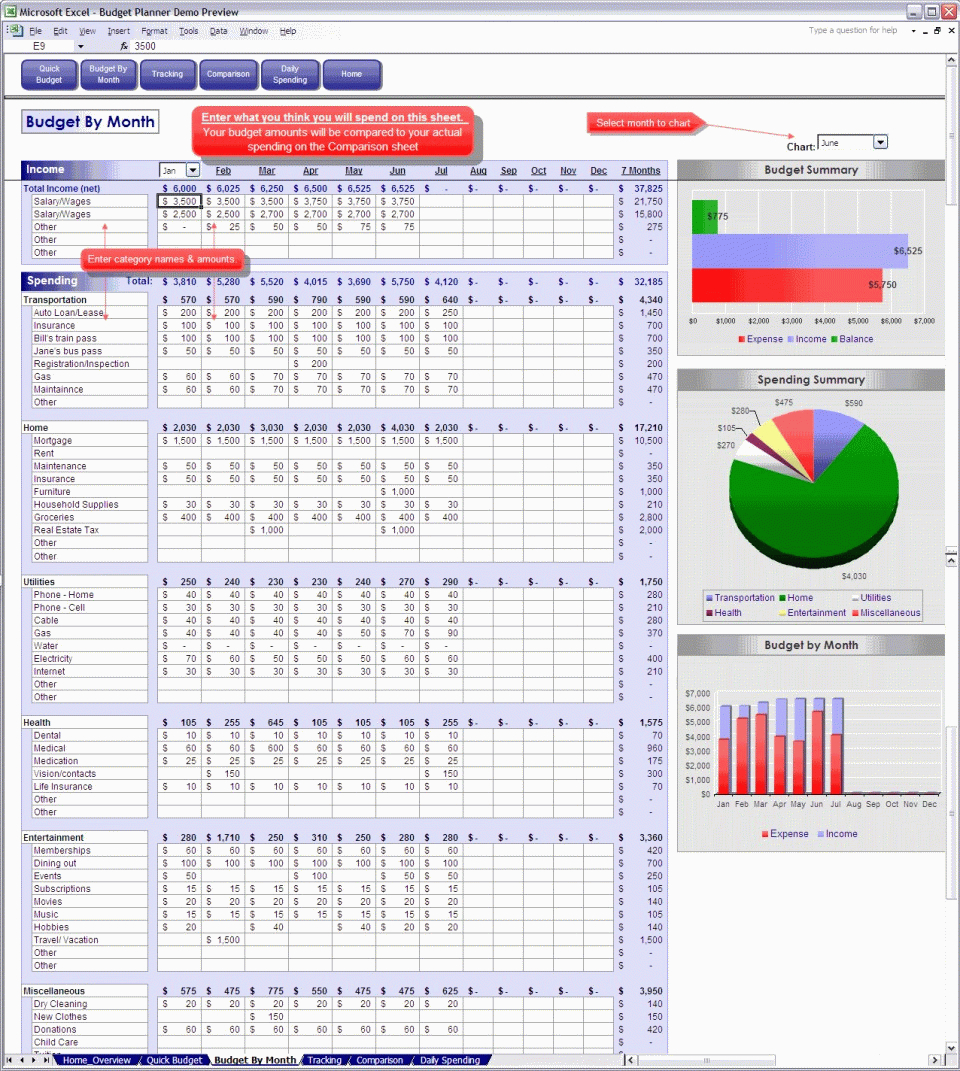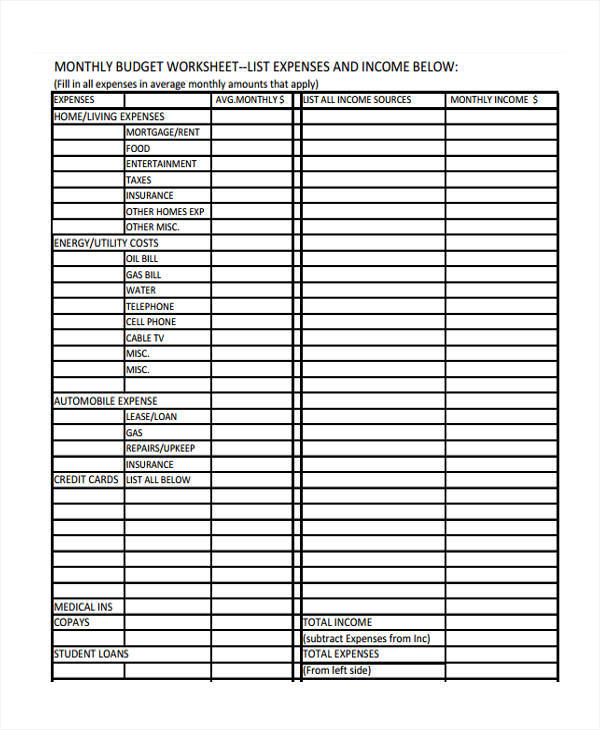

Again, the advantage here is that planning out your budget may be easier to do with recurring bill payments. That can make using certain budgeting methods, such as zero-based budgeting or the 50/20/30 budget, easier.Īside from being roughly the same amount each month, fixed expenses may also be paid on or around the same date each month. Since these expenses are more or less constant, budgeting becomes more predictable. Having one or more fixed expenses in your budget is a good thing from a planning perspective. You can simply carry over those amounts from last month’s budget. When you sit down to make your monthly budget, you don’t have to guess how much you’ll pay toward fixed expenses. If you would like more information on RLEs and mortgage arrears supports available through Abhaile, c all the MABS Helpline on 0to speak with a Dedicated Adviser or message us on WhatsApp 0.A fixed expense just means an expense in your budget that you can expect to stay the same, or close to it, over time. The ISI has a helpful online RLE calculator to help you work out what your household’s reasonable living expenses are. A borrower is not required to spend their money as listed in the breakdowns they have total control over their spending. It is important to note these are guidelines. Published by the Insolvency Service of Ireland (ISI). Guidelines on a reasonable standard of living and reasonable living expenses. A pproximately €10 extra each for the third (3rd) and fourth (4th) child. Note about children’s costs – some additions are applied if your family has more than two children. The table below is taken from the ISI and displays the monthly set costs considered to be Reasonable Living Expenses. What are considered Reasonable Living Expenses?
#Family monthly expenses list for free
Borrowers in mortgage arrears can access the services of a PIP for free through the Abhaile scheme through a voucher.Ībhaile PIPs How are Reasonable Living Expenses determined? This benefits the borrower as they are paying into an arrangement at a rate that matches their means. It lets the PIP know what spare income is left over at the end of each month to pay back the borrower’s creditors. RLEs can help a Personal Insolvency Practitioner (PIP) determine the best possible arrangement for a borrower in home mortgage arrears. This commitment to having essential expenses covered can greatly impact the borrower’s physical and mental well-being. RLEs are designed to help protect borrowers by ensur ing they have enough money each month to cover expenses without overstretching themselves. The se guidelines cover expenses such as food, clothing, health, household goods and services, communications, socialising, education, transport, household energy, childcare, insurance and allowances for savings and contingencies. The ISI considers that, for the purposes of the Act, “a reasonable standard of living is one which meets a person’s physical, psychological and social needs. The Insolvency Service of Ireland (ISI) monitors and updates the RLE guidelines annually ( required by the Personal Insolvency Act 2012 ). RLEs cover the borrower’s day-to-day expenses, which are necessary to have a reasonable standard of living. Reasonable Living Expenses (RLEs) are guidelines to help ensure that a borrower in mortgage arrears maintains a reasonable living standard while trying to resolve their debt problems. This time, we’re talkin g about Reasonable Living Expenses or th eir acronym – RLEs.

We’re here to help break down the myths and common terms you may come across. Do you get confused when you see a letter with lot s of acronyms and have no idea what they mean? You’ve most likely seen the headlines about mortgage sustainability and aff ordability but don’t quite know where the numbers come from.


 0 kommentar(er)
0 kommentar(er)
